The National Geographic Photo Contest for 2013 finished collecting entries on Nov. 30. This post features a sampling of ones we thought were great. Winners in the three categories (people, nature, places) will be published in the National Geographic magazine. The caption information is provided and written by the individual photographer. ( 23 photos total)  (Nature) An over/under water split level image of beautiful crimson red waratah anemones in a rock pool at low tide. What I really love about over/under photographs is that it gives the underwater element a sense of place. For the viewer it marries the underwater environment with our own familiar world. It links the unknown with the known. (Photo and caption by Matt Smith/National Geographic Photo Contest)
 (Places) Playing with fire beside the canal in the modern city Songdo, South Korea. (Photo and caption by Sungjin Kim/National Geographic Photo Contest) #
 (Nature) Forced to find new river crossing points in the Serengeti-Mara region of Eastern Africa, the wildebeest descend into individual despair and collective chaos. Fast currents and steep banks all but deny escape onto the tree-covered banks. New arrivals try unsuccessfully to scramble over the lead group that cannot climb quickly enough onto the available dry ground. Such scenes may become more common as the Great Migration faces more variable climate and narrower corridors from changing land-use. (Photo and caption by Karen Lunney/National Geographic Photo Contest) #
 (People) Members of the Carretería Brotherhood bear a figure of a dead Christ on the cross (carved in the early 17th century by an unknown artist) in a procession previous to Easter. (Photo and caption by Felipe Rodríguez/National Geographic Photo Contest) #
 (Nature) A large red deer stag calling to the hinds in the bracken one misty autumn morning. (Photo and caption by Mark Bridger/National Geographic Photo Contest) #
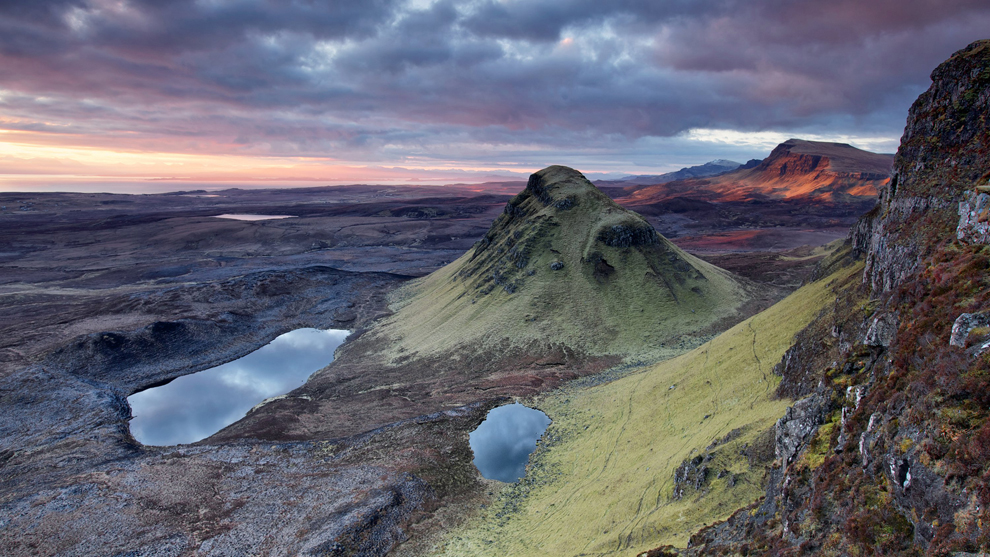 (Places) Quiraing, Isle of Skye, April 06, 2013. The Quiraing is probably one of the most photographed locations in Scotland. I spent the whole previous day looking for a different point of view, since almost all pictures of this vista seem to have been taken from the same standpoint. Taken at 5.30 AM after many attempts. The lighted hill on the right is just what I was waiting for to get a much more interesting light. (Photo and caption by Guido Tramontano Guerritore/National Geographic Photo Contest) #
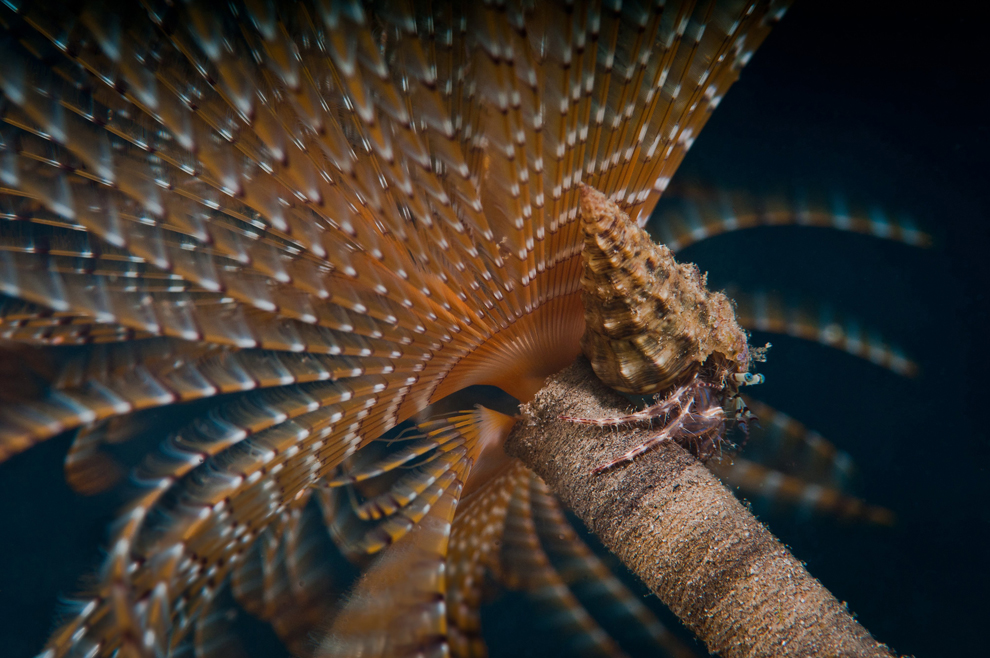 (Nature) A "Pagurus anachoretus" on a calcareous tube of a "Sabella spallanzani," a marine worm. It is easier for the crab to collect its food here, which is transported by the current. It's very difficult to approach the worm without it closing quickly. (Photo by Lorenzo Terraneom/National Geographic Photo Contest) #
 (Places) I want to take photos of heater elements. When I entered the factory, I saw the metal sheets and I formed a picture of my photo. I wanted a lifting crane to take a the best photo. I directed the man who wear orange t-shirt and count the heater elements and I took the photo of his job. (Photo and caption by Melih Sular/National Geographic Photo Contest) #
 (People) I was waiting for my flight to Seoul North Korea and then I saw these two women sleeping on the benches in the waiting area. Nobody near them seemed to be paying attention though! I can't see their face but I want to know if they are twins or not. They have identical dresses, body shapes, and even hair. Why are they holding hands? To make sure they do not get separated from each other? It is really interesting and entertaining to see this scene. (Photo and caption by Serious Pigeon/National Geographic Photo Contest) #
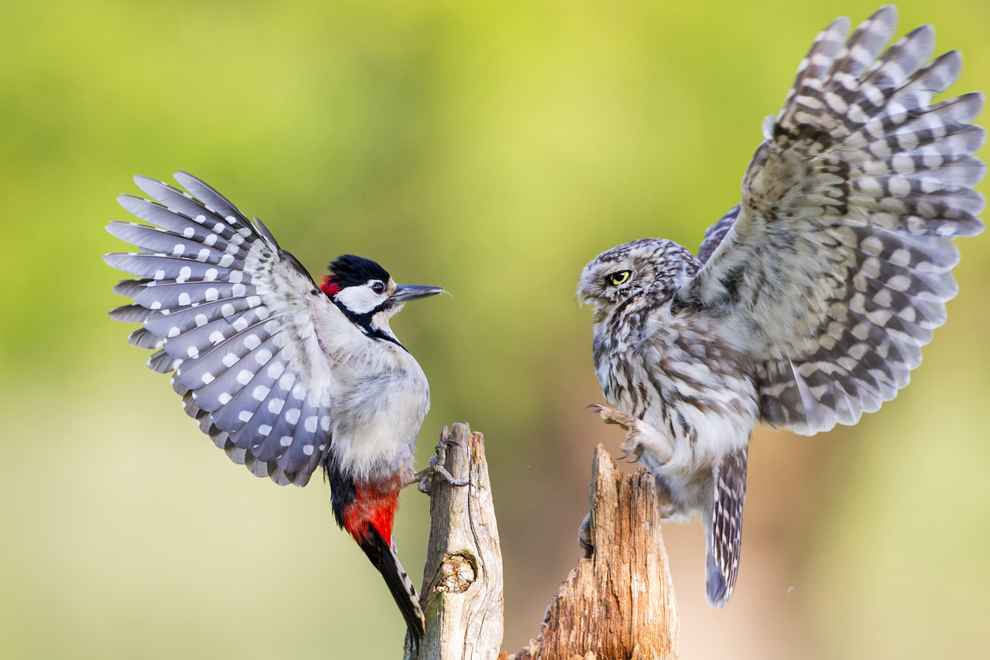 (Nature) A Little Owl (R) defends its feeding position from a Great spotted woodpecker (L) with both birds showing a their full colours with dramatic full wing extensions. (Photo and caption by Ian Schofield/National Geographic Photo Contest) #
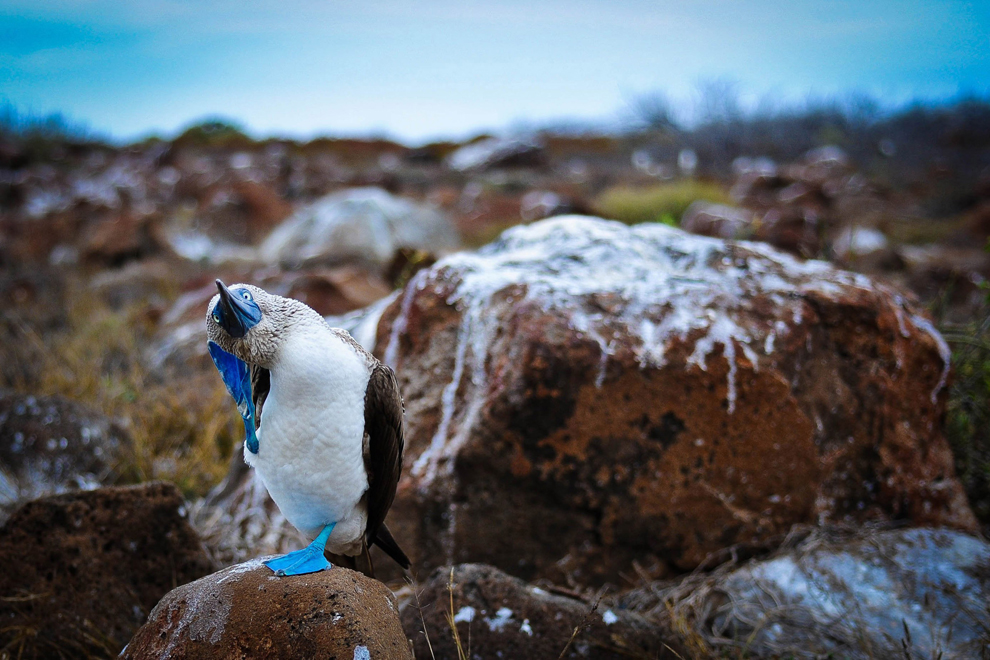 (Nature) Blue Footed Boobys are known for their silly mannerisms, including their special dance presented to their mates. While in the Galapagos Islands, I managed to capture the motion of a Booby in action; what a fun looking creature and shot! (Photo and caption by Sara Malas/National Geographic Photo Contest) #
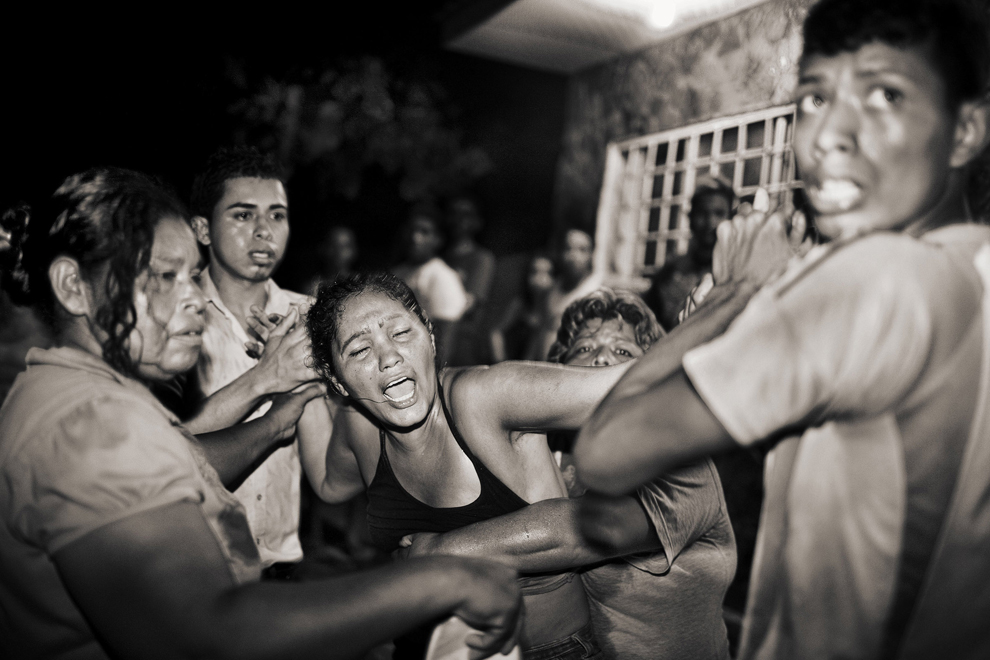 (People) Cries in the Sauce Colony of San Pedro Sula, Honduras, for a shot in the street. San Pedro Sula is the most violent city of the world. (Photo and caption by Javier Arcenillas/National Geographic Photo Contest) #
 (Places) Aerial view of the Namib Desert, Namibia, Africa (Photo and caption by Chris Schmid/National Geographic Photo Contest) #
 (Places) Powerstown Park is a popular racetrack in Clonmel, Co. Tipperary. It hosts exciting race meetings on a regular basis. I took this photograph during my first visit to the races on 30th October 2013. (Photo and caption by Wojciech Ryzinski/National Geographic Photo Contest) #
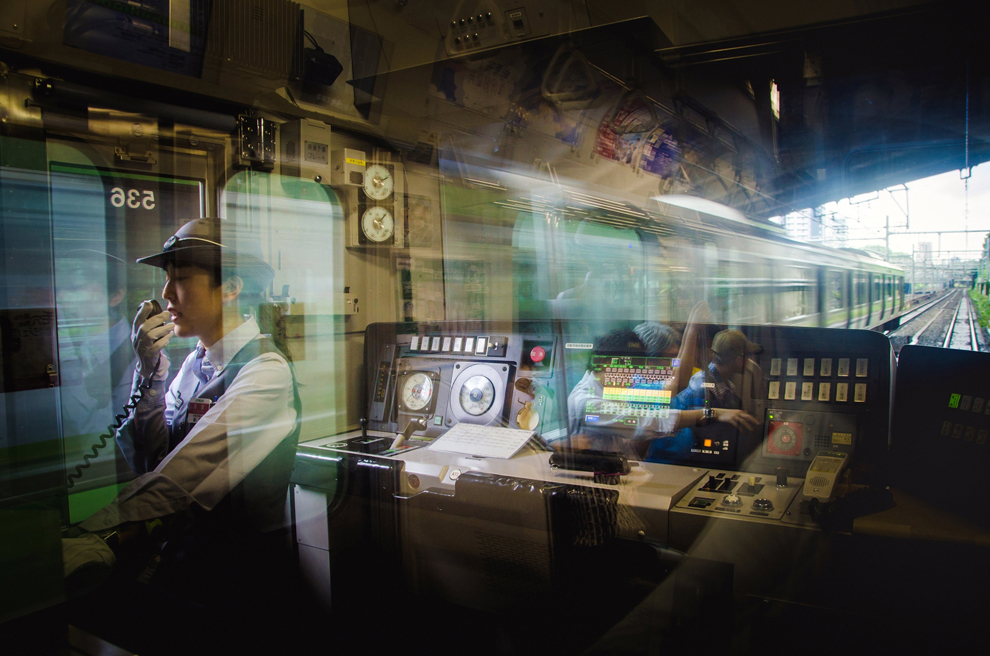 (People) I was commuting in the train at Tokyo, when suddenly I notice this young girl working as a conductor, announcing our next station stop at Shinagawa station. The reflection in the glass inside the train and a slow shutter speed to blur the moving background add to a creative moments to the photo including the light ambient to the girl face find me interest to frame the scene that will last only for a second. (Photo and caption by Danilo Dungo/National Geographic Photo Contest) #
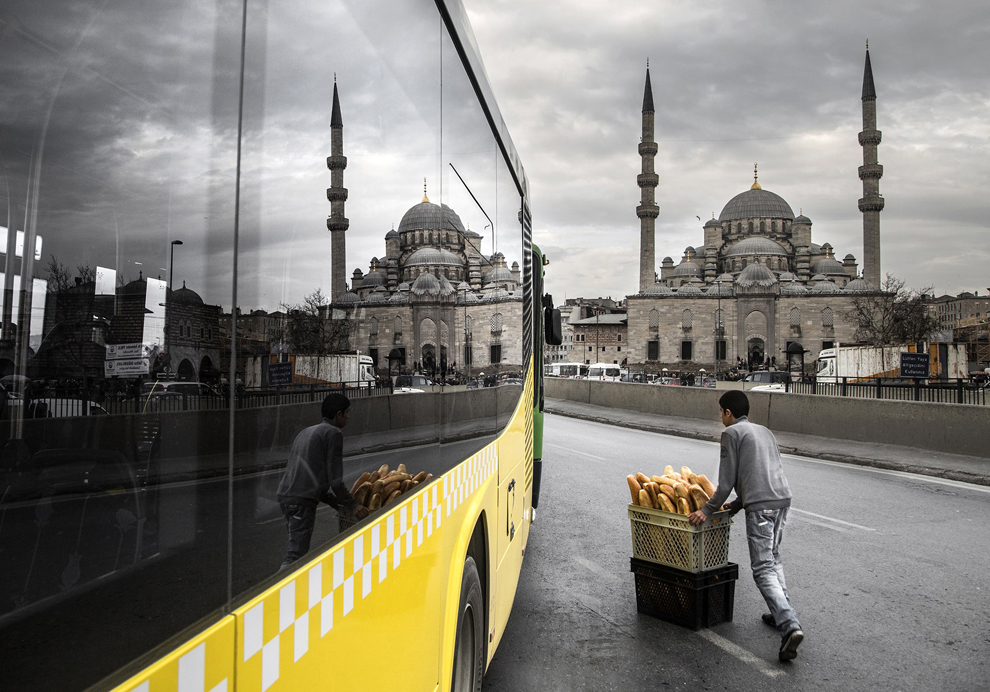 (Places) The photo was taken in Eminˆn¸ square which one of the largest squares in Istanbul. There are two images reflected from the bus glass. One of them is a boy who distributes bread to groceries, the other one is historical ottoman mosque. This is a souvenir photo that couldn't encountered in all the time. (Photo and caption by Sami Uaan/National Geographic Photo Contest) #
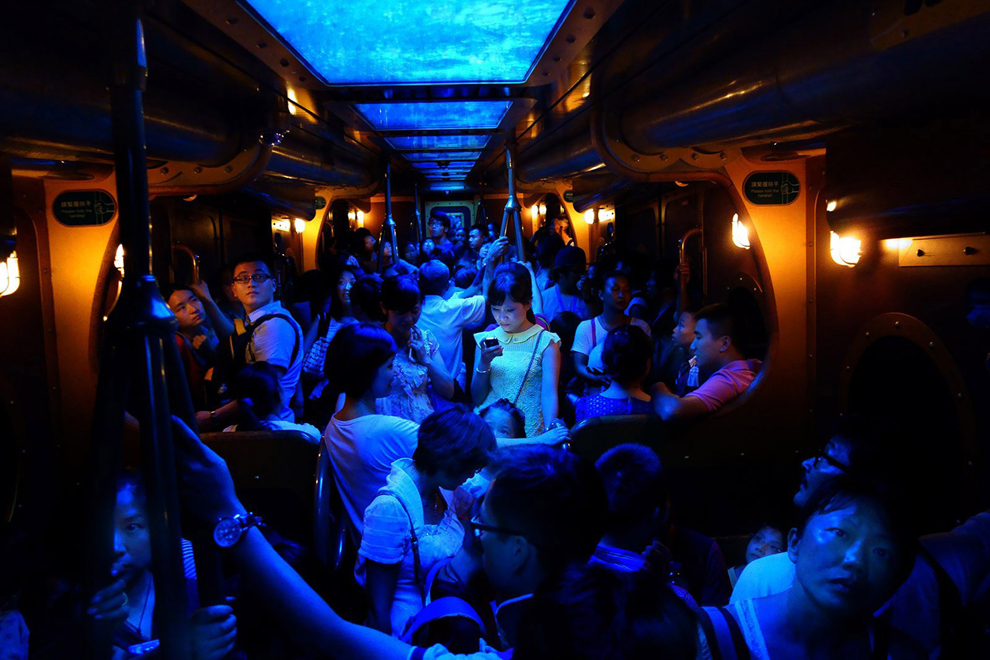 (Places) In the last 10 years, mobile data, smart phones and social networks have forever changed our existence. Although this woman stood at the center of a jam packed train, but the warm glow from her phone tells the strangers around her that she's not really here. She managed to slip away from here, for a short moment, she's a node flickering on the social web, roaming the earth, free as a butterfly. Our existence is no longer stuck to the physical here, we're free to run away, and run we will. Photo was taken on a 5 min. capt. Nemo ride connecting two playgrounds in Ocean Park in Hong Kong. (Photo and caption by Brian Yen/National Geographic Photo Contest) #
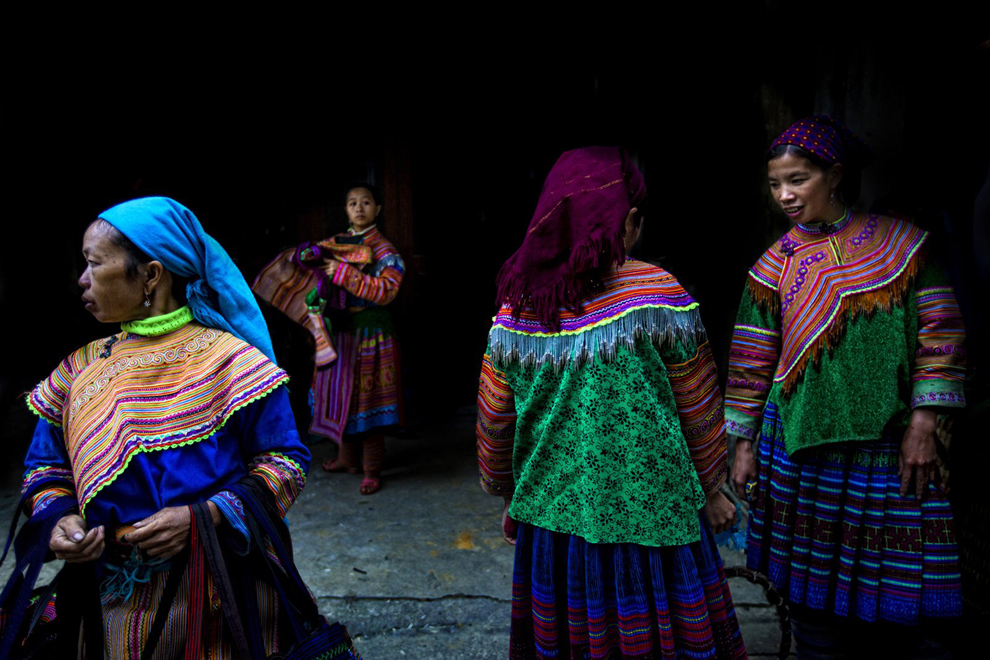 (People) In the lands of the north-western Vietnam, between the narrow mountainous areas between China and Laos, we find the tribes of the various ethnic groups, ranging from the colorful Hmong (or Miao), the Tay, the second largest population, with Lu The first source of livelihood for these ancient people is agriculture: tradition has it that everything is done according to the lunar cycles. The markets are full of goods, from animals to textiles, handicrafts entirely handmade. Unfortunately, the old values of these centenarian tribes are giving way to new western tradition. (Photo and caption by Antonio Gibotta/National Geographic Photo Contest) #
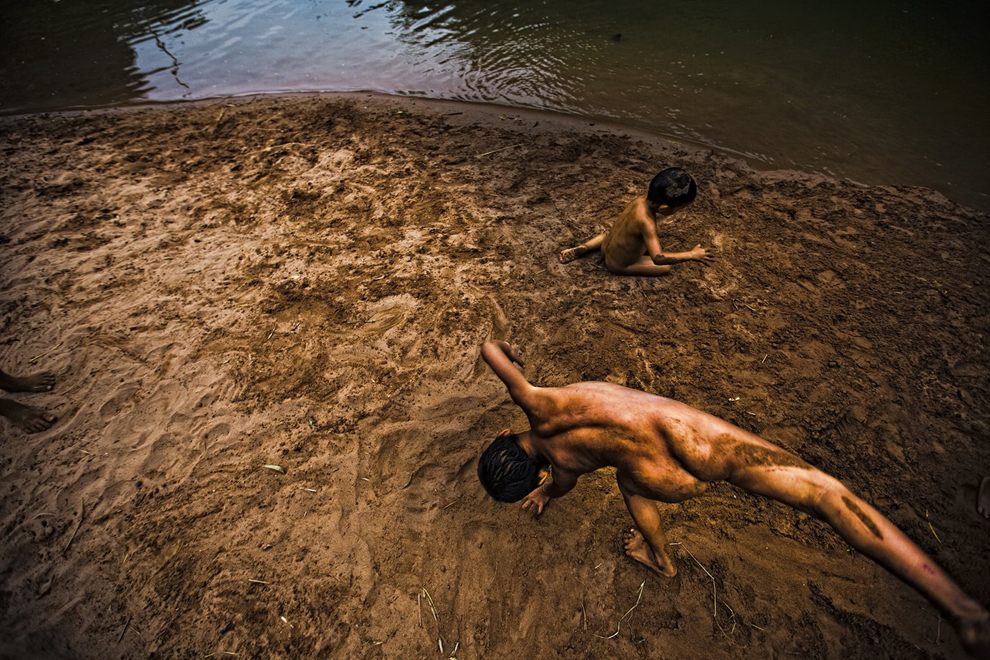 (People) The childhood. (Photo and caption by Antonio Gibotta/National Geographic Photo Contest) #
 (Nature) The Fennec is a surprisingly easy to domesticate animals, which easily gets used to living with humans. However, it is considered a rare and therefore have them as a pet is illegal in many areas of its range. The Fennec is the soul of the desert, a wild and free soul whose main threat is the illegal trafficking by unscrupulous thugs who do not hesitate in the least to snatch the life from the majestic dunes to change by the cold bars of a cage prison. (Photo and caption by Francisco Mingorance/National Geographic Photo Contest) #
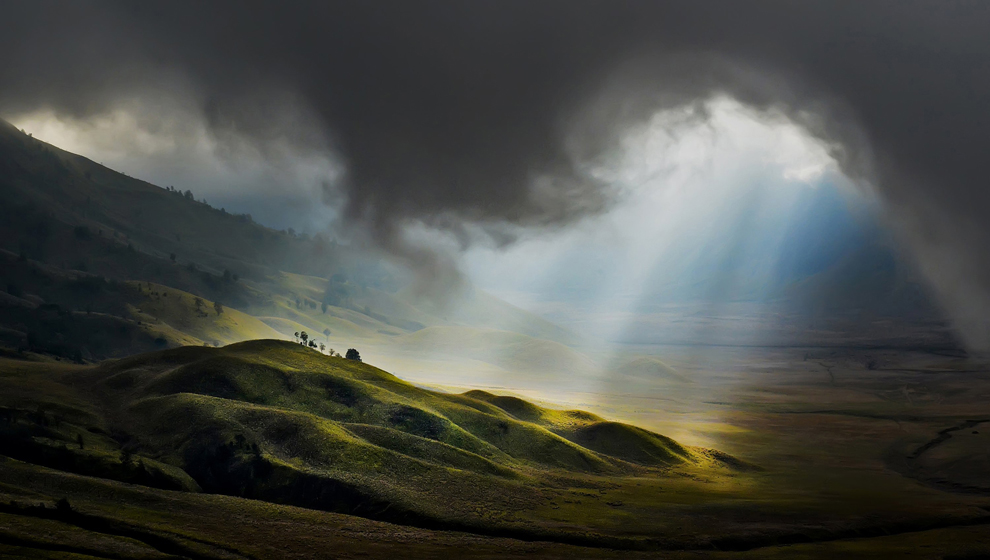 (Places) Taken around Mount Bromo, East Java, Indonesia in the morning. (Photo and caption by Pimpin Nagawan/National Geographic Photo Contest) #
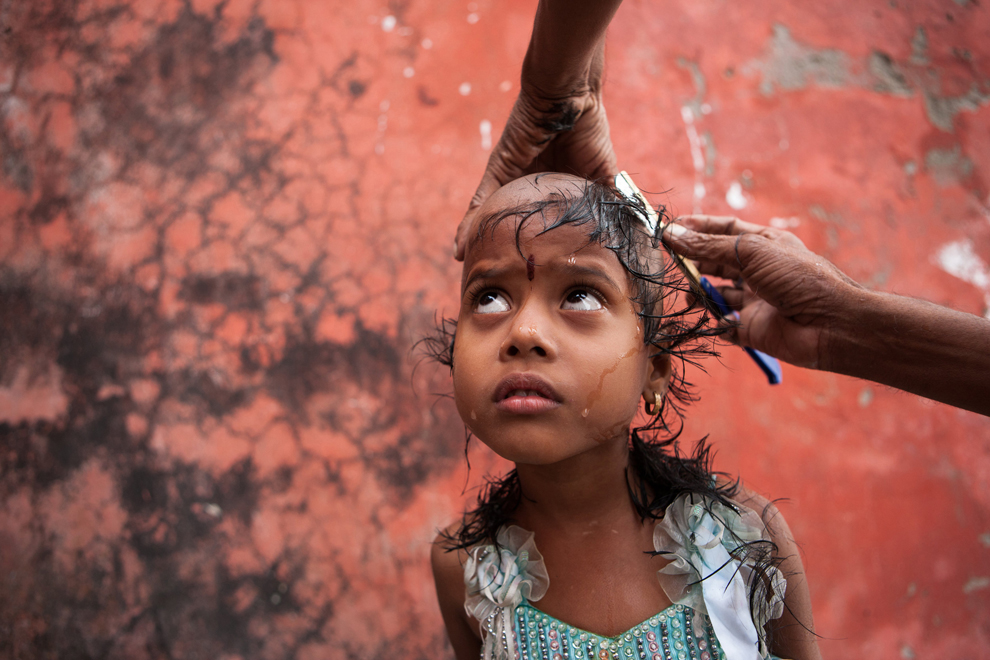 (People) Hinduism religion in India it's one of the most popular religion with million of devotees. Every good Hindu, when a relative died, goes to Varanasi, the holiest city in India, to burn the dead body and put it bones into the Ganga river. The whole cremation it's guided by the entire family of the dead body, who have to look completely shaved. In fact in my portrait I show only one member of the family ( daughter), whose having her shave off. I remember the eyes of this child who who were conveying sorrow and sadness cause by the recent lost and the brutality of the impatient hairdresser. (Photo and caption by Alessandro Iovino/National Geographic Photo Contest) #
 (People) Skiing at -36'C in Central Finland (Photo and caption by Earendel Fingerson/National Geographic Photo Contest) #
|
|
